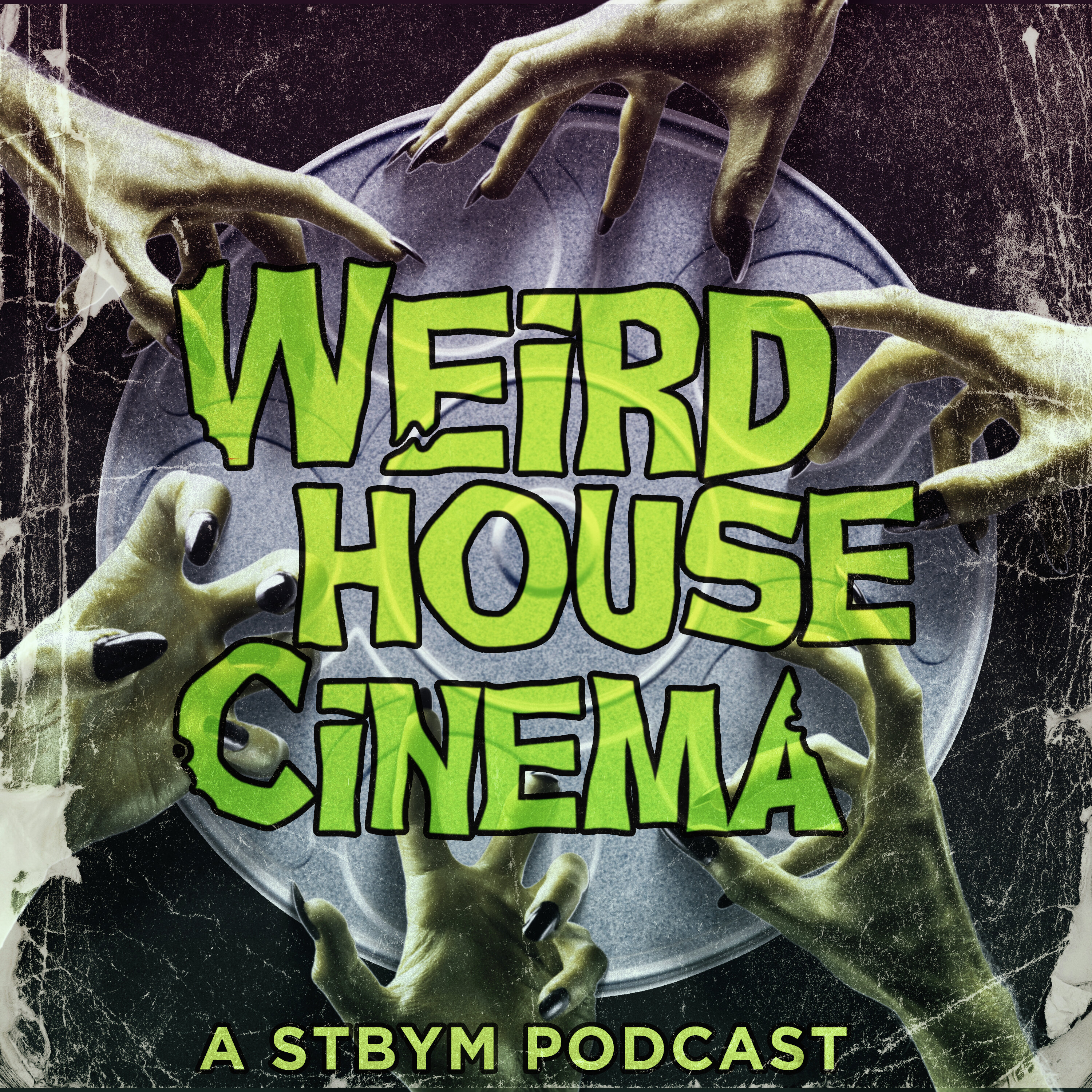
Weirdhouse Cinema Rewind: House of Wax (1953)

Stuff To Blow Your Mind
Deep Dive
Why is Vincent Price's character in 'House of Wax' considered a tragic villain?
Vincent Price's character, Professor Henry Jarrett, is considered a tragic villain because he was a talented artist with a noble vision for his wax museum, but after his business partner destroys his work in a fire, his obsession and desire for revenge drive him to commit murder and deception. Initially, he is portrayed as an eccentric artist devoted to beauty, but his downfall is a result of being wronged and his subsequent transformation into a revenge-seeking murderer.
What significant changes did 'House of Wax' make to the 1933 film 'Mystery of the Wax Museum'?
While 'House of Wax' is a remake of 'Mystery of the Wax Museum,' it made significant changes to tone down the necrophilia and more overtly disturbing elements. 'House of Wax' focuses more on the artistic and tragic aspects of the wax museum and its creator, Vincent Price, while still maintaining a strong horror element. The 1953 film also benefits from the use of 3D technology and full color, enhancing the visual and immersive experience.
Why did Warner Brothers produce 'House of Wax' in 3D in 1953?
Warner Brothers produced 'House of Wax' in 3D in 1953 to attract audiences back to theaters during a time when people were moving to the suburbs and staying home to watch TV. The 3D format was a technological and artistic gamble to offer a unique and immersive experience that could not be replicated at home, thereby revitalizing box office sales.
What role did Charles Bronson play in 'House of Wax' and how did it differ from his later career?
Charles Bronson, then known as Charles Buchinsky, played Igor, a deaf-mute and muscular assistant to Professor Henry Jarrett. In this role, he frequently gets into physical altercations and has a threatening presence, which is a stark contrast to his later career as a cool, tough action star in films like 'Death Wish' and 'The Magnificent Seven.'
Why did the 3D technology used in 'House of Wax' require a complex projection setup?
The 3D technology used in 'House of Wax' required a complex projection setup involving two projectors running simultaneously, each projecting one of the two reels of film. This setup was necessary to create the 3D effect, and if one projector had an error, both had to be stopped and synced up, which was a challenging and brain-breaking task for projectionists.
How did 'House of Wax' impact Vincent Price's career?
House of Wax (1953) significantly impacted Vincent Price's career by transforming him into a horror icon. Prior to this film, he was not associated with horror and had mostly played secondary roles. This film's success initiated his emergence as a leading horror actor, and he went on to star in many memorable horror films.
What cultural significance do the wax sculptures in 'House of Wax' hold?
The wax sculptures in 'House of Wax' hold cultural significance by focusing on historical figures who met tragic and untimely deaths, reflecting a morbid curiosity associated with wax museums. This focus on tragic figures, even when not depicting gore, aligns with the cultural understanding that wax museums are places to explore the dark and dramatic aspects of history.
Why is the relationship between Sue and Kathy in 'House of Wax' noteworthy?
The relationship between Sue and Kathy in 'House of Wax' is noteworthy because it adds depth to the characters and provides a contrast between them. Sue is modest and a homebody, while Kathy is more outgoing and pragmatic, often trying to marry rich. Their dynamic shows how they support each other in a challenging environment, adding a layer of realism and friendship to the horror plot.
What is the significance of the intermission in 'House of Wax'?
The intermission in 'House of Wax' is significant because it was a common practice in 1950s cinema, allowing audiences to take a break and enhancing the theatrical experience. The intermission card in the film, which suggests a 10-minute break, adds to the immersive and communal nature of watching a movie in a theater, even though the actual break is brief.
Why does the film use 3D elements in a more restrained way compared to 'Treasure of the Four Crowns'?
Unlike 'Treasure of the Four Crowns,' which was overly gimmicky with 3D elements, 'House of Wax' uses 3D more restrainedly. While it does incorporate some 3D spectacles, such as the paddleball barker and can-can dancers, most of the 3D effects are used to enhance the immersion and tension of the film's narrative, rather than as mere distractions or cheap thrills.
- André de Toth, a one-eyed director, helmed the film.
- The film was a gamble by Warner Brothers to bring audiences back to theaters.
- It was the first color 3D feature film from a major American studio.
- House of Wax has been remade multiple times.
Shownotes Transcript
In this episode of Weirdhouse Cinema, Rob and Joe continue their trio of 3-D films with the first color 3D feature film from a major American studio: 1953’s “House of Wax.” It’s the movie that remade Vincent Price as a horror icon, and it also features performances by Charles Bronson and Carolyn Jones. (orignally published 04/28/2023)
See omnystudio.com/listener) for privacy information.